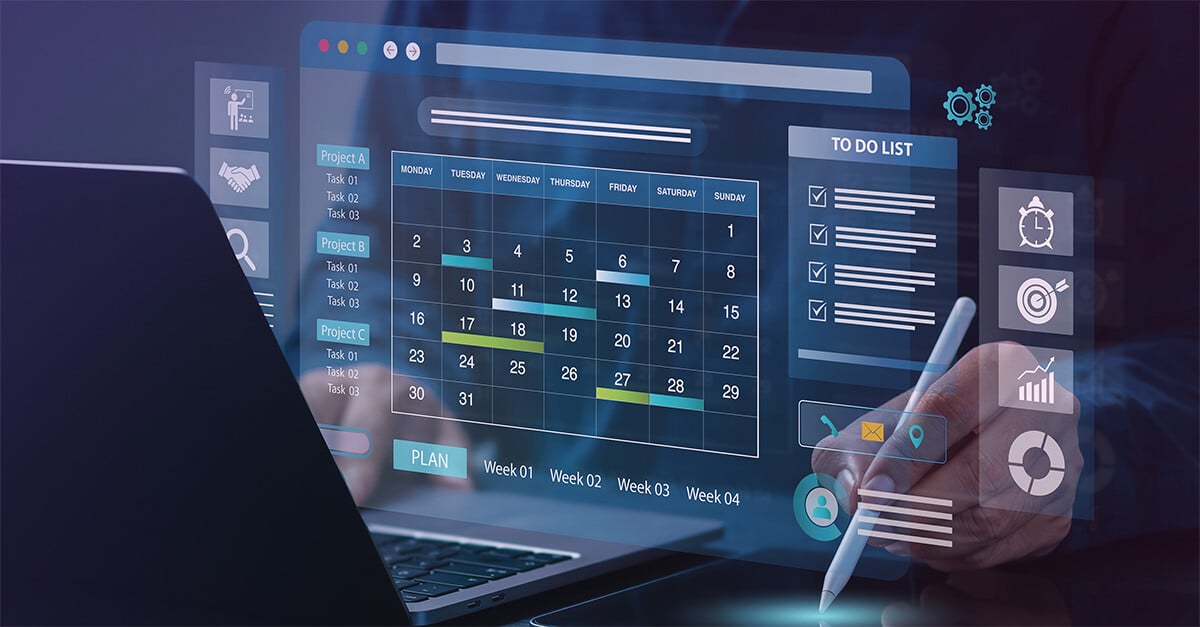In the third episode of our “From the Trenches” podcast, we look at several new measures and measure changes recently proposed by the National Committee for Quality Assurance (NCQA) for next year’s HEDIS season and how they would impact health plans. NCQA recently held a month-long public comment period for health plans and other stakeholders to weigh in on the proposed changes.
Our guests on this episode are Jenna Fitcher, product director for Cotiviti’s Quality and Performance Solutions, as well as product manager Jamison Gillitzer. Listen here:
From the Trenches is a new podcast from Cotiviti, a leader in healthcare data analytics, exploring the latest trends in healthcare quality and performance analytics, risk adjustment, payment integrity, and payer-provider collaboration. Check out all our episodes in your browser, or subscribe on your smartphone or tablet with Apple Podcasts, TuneIn, Google Play, and Stitcher.
About our guests:
 Jenna Fitcher's primary responsibility is ensuring our solutions meet clients’ needs in support of HEDIS, Star Ratings, and other quality reporting initiatives. She also works to develop and maintain Cotiviti’s strategy and roadmap for ongoing initiatives.
Jenna Fitcher's primary responsibility is ensuring our solutions meet clients’ needs in support of HEDIS, Star Ratings, and other quality reporting initiatives. She also works to develop and maintain Cotiviti’s strategy and roadmap for ongoing initiatives.
 Jamison Gillitzer’s primary responsibilities are the successful delivery of our quality solutions to ensure they meet clients' needs in support of HEDIS, P4P, and other quality reporting initiatives. He also works to develop and enhance our capabilities to support evolving quality requirements.
Jamison Gillitzer’s primary responsibilities are the successful delivery of our quality solutions to ensure they meet clients' needs in support of HEDIS, P4P, and other quality reporting initiatives. He also works to develop and enhance our capabilities to support evolving quality requirements.
Podcast transcript
NCQA recently held its annual public comment period to get input on these proposed changes. Tell us the details.
NCQA does an annual public comment period where vendors, auditors, and health plans can submit comments on proposed new measures. These measures changes would impact the next year’s HEDIS season. Public comment runs for about a month and it ended March 13. These are for measures that have final specifications that will come out in early July.
What kind of changes is NCQA proposing this year?
They have proposed nine new measures in all. The breakdown is:
- Two new ECDS measures: Adult Immunization Status and Prenatal Immunization Status
- One new hybrid measure: Health Assessment for People with Multiple High-Risk Chronic Conditions
- One new opioid measure: Risk of Chronic Opioid Use
- One new hospitalization measure: Hospitalization following discharge from a skilled nursing facility
- Four measures providing Long-Term Services and Supports or LTSS
On top of this, there were proposed changes to existing measures, which include:
- Controlling High Blood Pressure (CBP), adding new administrative elements for reporting
- Follow-Up After Emergency Department Visit for Mental Illness (FUM), which includes members who had episodes of self-harm in the measures
- Plan All-Cause Readmissions (PCR), which includes observation stays, report outliers in a new indicator, and the consideration of other approaches to specify the denominator (not implemented until 2020)
You mentioned a proposed new measure on Risk of Chronic Opioid Use, and of course the opioid crisis is a topic that’s on the minds of many healthcare organizations lately. What else has NCQA done when it comes to opioids?
For HEDIS 2018, NCQA added two new opioid measures: Use of Opioids at High Dosage (UOD) and Use of Opioids from Multiple Providers (UOP). The proposed addition of Risk of Chronic Opioid Use (COU) makes for the third new measure in two years centered on opioids. Suffice to say, through the addition of the new measures, NCQA is illustrating the importance of measuring, managing, and correcting the opioid epidemic we find ourselves facing today.
The changes we’ve been talking about affect individual measures. Were there any changes that were more sweeping across multiple measures?
Yes, they also proposed:
- The addition of advanced illness exclusions to 10 measures
- The inclusion of telehealth in 15 measures
- Updates to General Guidelines 2 and 19, which seeks to clarify definitions around administrative services only and self-insured members
We’ve talked about quite a few changes that NCQA is proposing to make. Are there more changes this time around than proposed last year, or is it about the same?
The amount of new measures proposed this year is a bit higher, nine this year versus six last year. Overall, the amount of total changes proposed is about the same as last year.
How are we planning to implement these proposed measures here at Cotiviti?
For measures that we’re able to add or update using our current input layouts, Cotiviti does proactively begin coding the measures over the summer. This allows us to turnaround the certified version of the measures faster once we receive the final specifications.
How might health plans be impacted by implementing these changes?
New measures will be in a “first-year” status for HEDIS 2019. This means next year will be basically a trial run, and the measures won’t be required for reporting. However, all new measures and measure changes likely come with changes to the Cotiviti input specifications to capture new data elements. Plans will want to pay close attention to these changes when our input layouts are released in the fall to ensure they’re including all the necessary detail to accurately report on these new measures.
What about the Controlling High Blood Pressure (CBP) measure specifically? What were the changes and how are we working on them at Cotiviti before HEDIS 2019?
There were some much anticipated changes to the CBP measure this year. Historically, CBP has been a bit of a burden due to all compliance needing to come from hybrid chart review. This year, NCQA is proposing the addition of administrative specifications for compliance which should help ease this burden significantly.
Additionally, they’ve changed the blood pressure targets, so 140/90 would apply to all members as part of this measure, and also the medical record confirmation of hypertension was removed and replaced by two outpatient encounters with a diagnosis of hypertension during the first six months of the measurement year or year prior used to identify the denominator—again, easing the burden of chart review.
As these changes were much anticipated, we do plan to build out the CBP measure changes in the 2018 version of our solution for plans to test the logic changes. This will include a measure summary, measure detail, and drills for viewing the updated eligible populations and measure rates, but no data collection template or sampling.
Finally, we’re now at the end of March, more than halfway to the June 15 submission deadline. What’s keeping health plans busy during the month of April?
Chart review, chart review, chart review. We are in the peak season for retrieval and abstraction and I know plans are feverishly working with the shortened timelines this season to get everything done on time.
Join us for our on-demand webinar hosted by Ashley McNairy, Cotiviti’s product director of Government Quality Solutions. She explores the most challenging aspects of this year’s HEDIS season and helps you stay in shape for what lies ahead in 2019.
HEDIS® is a registered trademark of the National Committee for Quality Assurance (NCQA).
Podcast music credit: "Inhaling Freedom" by Nazar Rybak, via HookSounds.







